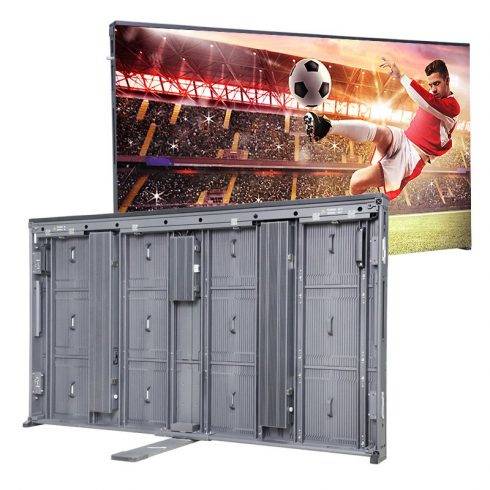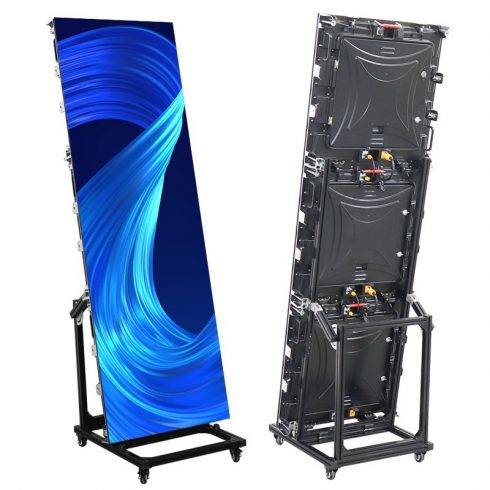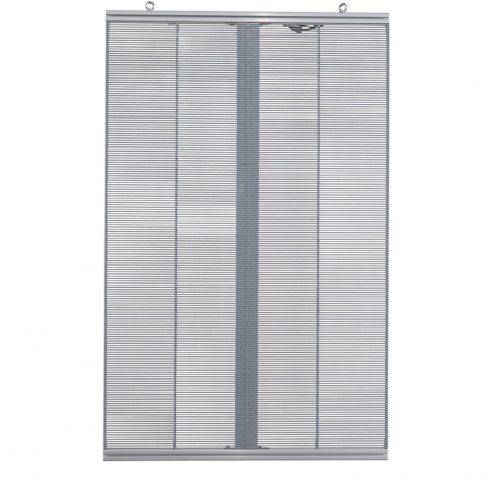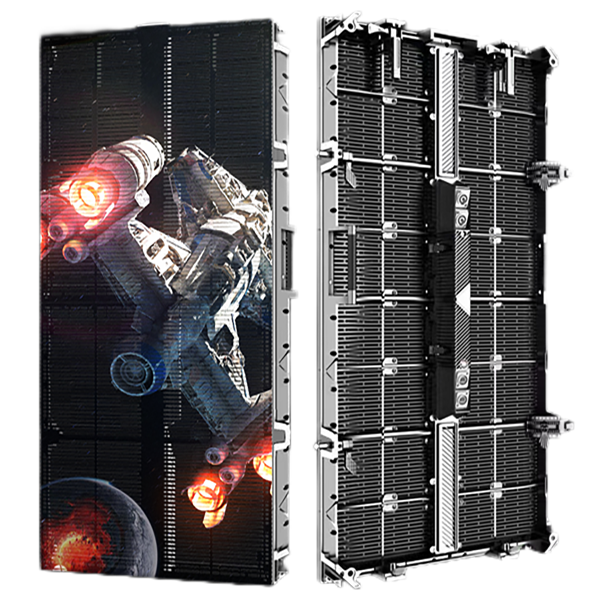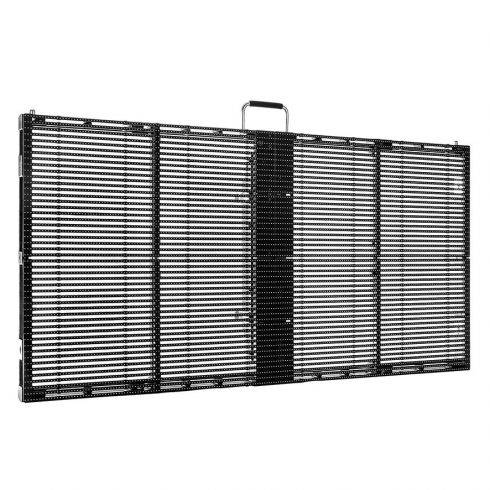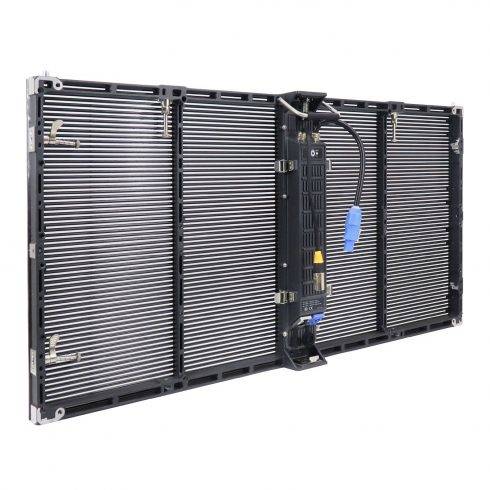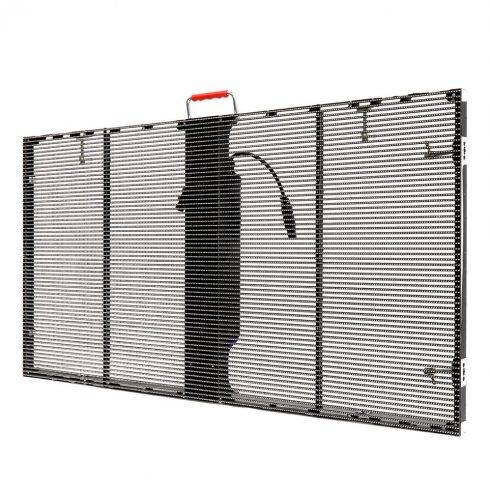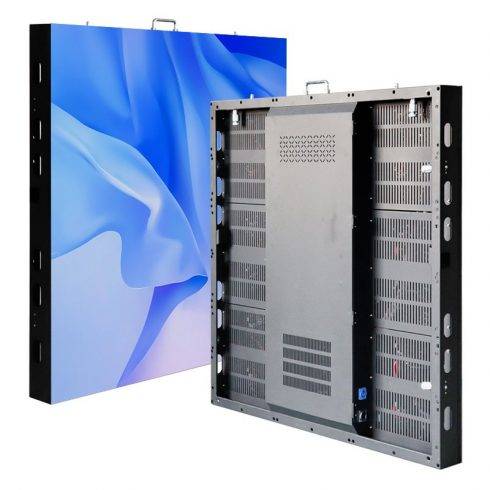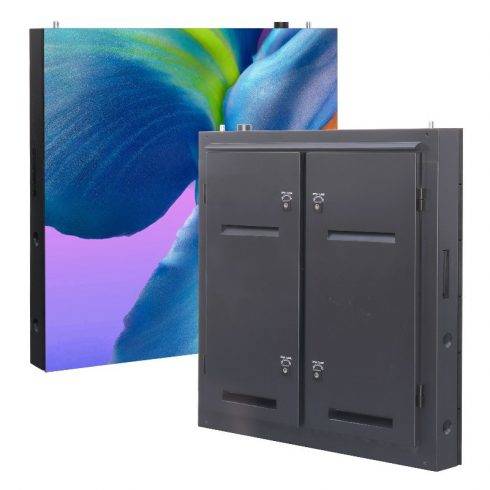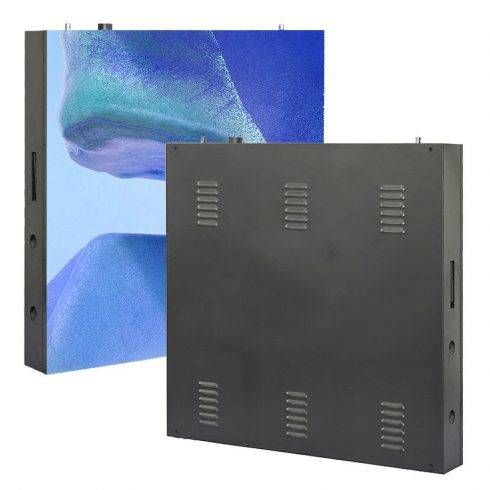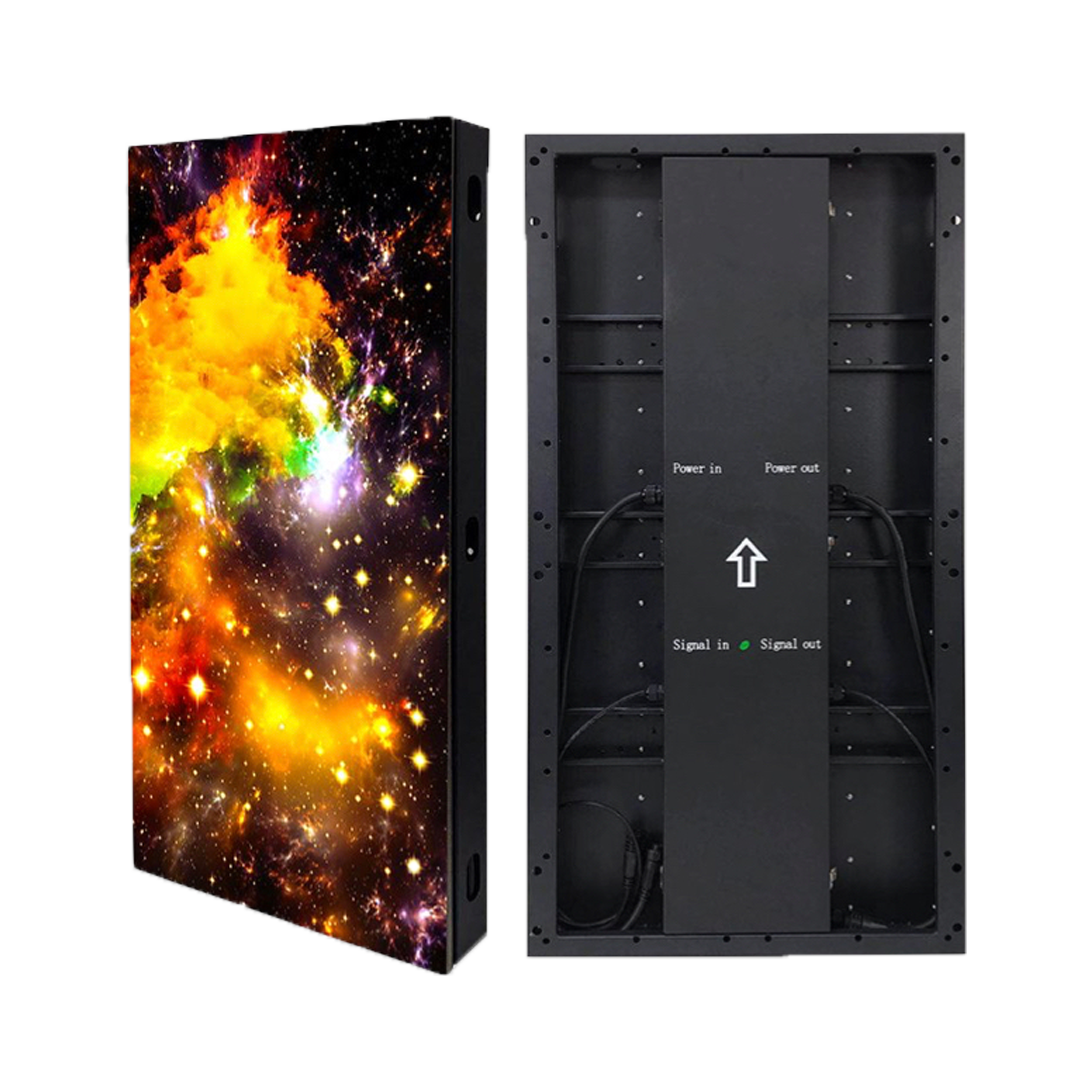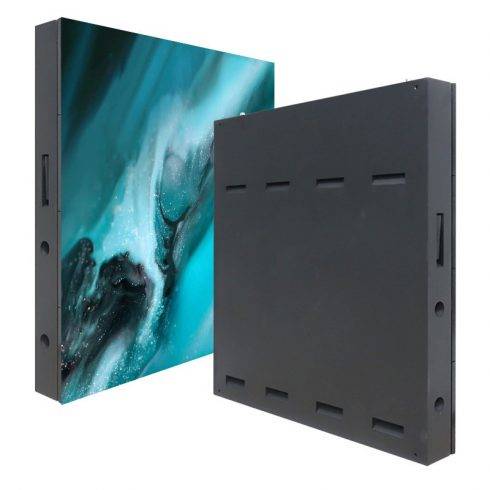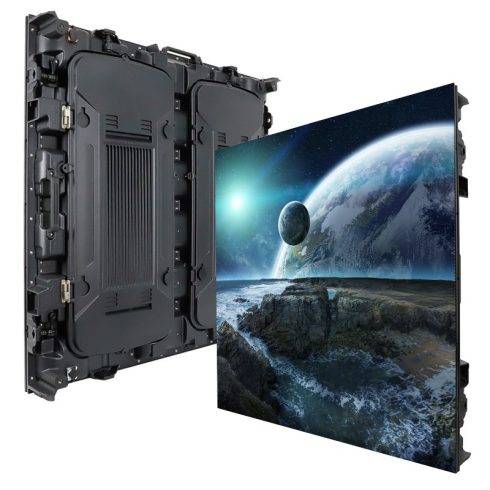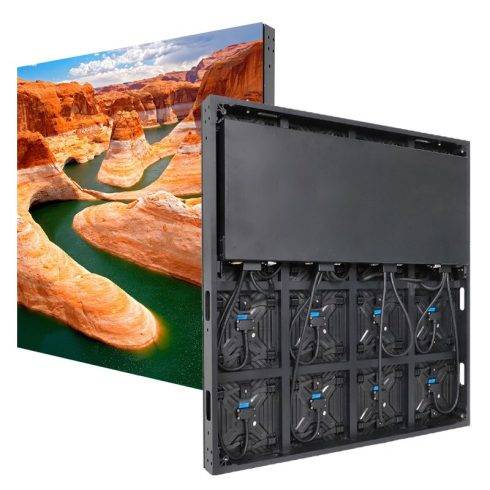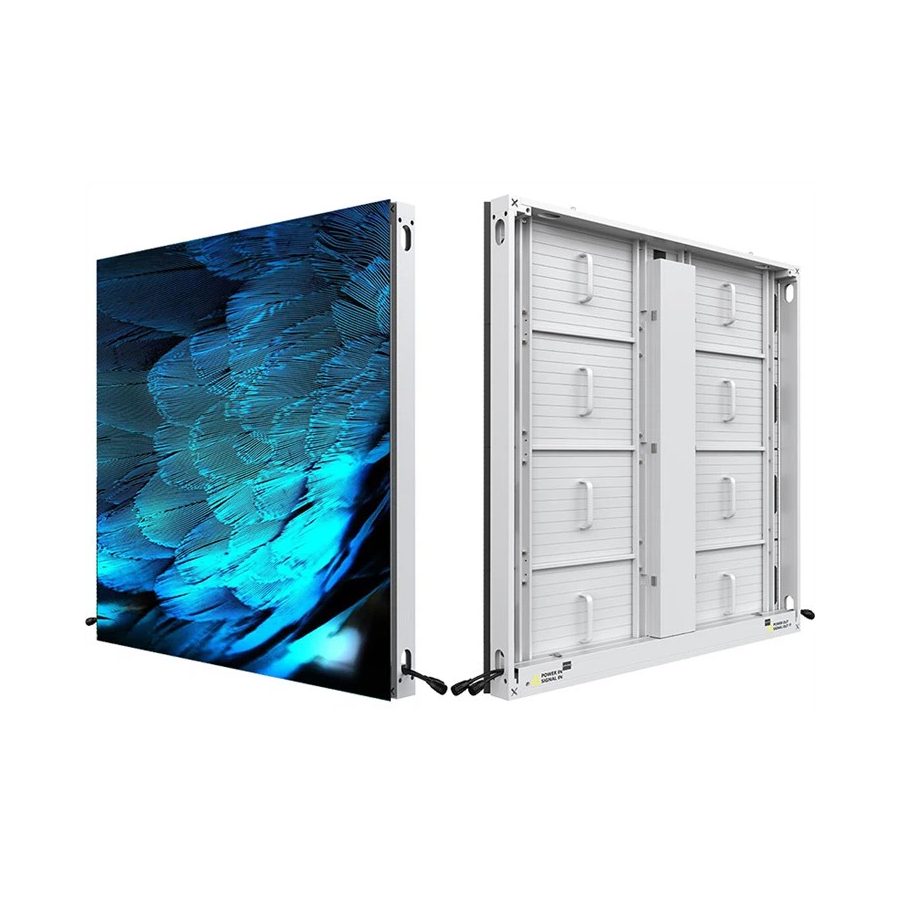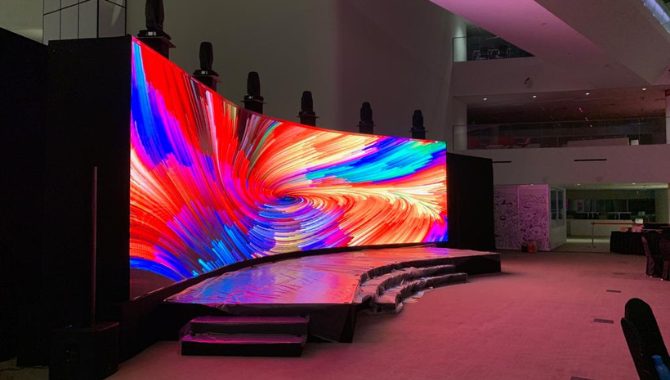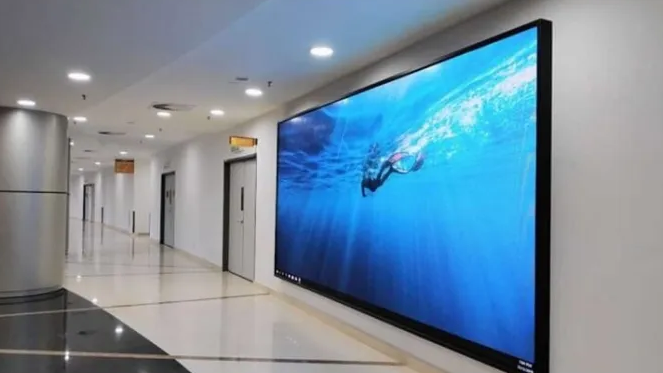Outdoor LED rental screens have become indispensable in a wide range of events, including concerts, sporting events, festivals, trade shows, and public gatherings. Their bright, vibrant displays and large screen sizes make them ideal for engaging audiences and delivering dynamic content in outdoor settings. However, using outdoor LED rental screens effectively requires careful planning and attention to specific factors to ensure optimal performance, safety, and audience satisfaction. This essay outlines the key points to consider when using outdoor LED rental screens and offers guidance on how to maximize their benefits.
1. Weather Conditions and Environmental Protection
When using outdoor LED rental screens, the first and foremost concern is weather protection. Outdoor environments can be unpredictable, with sudden rain, wind, or extreme temperatures that may impact the performance of the screens.
- Waterproofing: Ensure that the LED screen has a high Ingress Protection (IP) rating. For outdoor use, an IP rating of at least IP65 is recommended, which ensures that the screen is protected from water and dust. This waterproofing is essential to prevent damage to the electrical components of the screen and to ensure uninterrupted performance, even during rain.
- Temperature Resistance: Outdoor LED screens must be able to withstand both hot and cold weather. High temperatures can lead to overheating, while extreme cold can affect the screen’s electrical components. Ensure that the rental LED screen is designed with proper heat dissipation and can function in a wide temperature range, typically from -20°C to 50°C.
- Wind Resistance: Strong winds can pose a significant risk to outdoor LED screens. Screens are often mounted on structures or trusses, which must be stable enough to withstand wind pressure. Conduct a wind load analysis to ensure that the supporting structure is secure and designed to resist high winds, especially if the screen is being installed in an open area.
- Sunlight and Glare: Outdoor screens should have high brightness levels (measured in nits) to combat the effects of direct sunlight. The brightness level of the LED screen should ideally exceed 5,000 nits for outdoor daytime use. Additionally, anti-glare coatings can help improve visibility in bright sunlight, ensuring that the content remains clear and legible for the audience.
2. Screen Resolution and Viewing Distance
When selecting an outdoor LED rental screen, it is crucial to choose the appropriate resolution based on the intended viewing distance. The pixel pitch, or the distance between individual pixels, directly impacts the clarity of the image.
- Pixel Pitch: For outdoor events, the pixel pitch is typically larger than for indoor screens due to the increased viewing distance. A pixel pitch of 8mm to 16mm is common for outdoor LED screens, depending on how far away the audience will be. The closer the viewers are to the screen, the finer the pixel pitch should be to ensure image clarity.
- Optimal Viewing Distance: The rule of thumb for determining the optimal viewing distance is that for each millimeter of pixel pitch, the ideal minimum viewing distance should be 1 meter. For example, a screen with a pixel pitch of 10mm would be best viewed from at least 10 meters away. Selecting the right pixel pitch ensures that the audience experiences clear and sharp visuals, even from a distance.
3. Proper Installation and Structural Support
The safety and stability of the LED screen’s installation are critical factors when using outdoor rental screens. Proper installation ensures not only the best visual performance but also the safety of the audience and event staff.
- Rigging and Truss Systems: The screen should be securely mounted on a robust truss system or other support structures. Professional rigging services should be employed to ensure that the structure is stable and can support the weight of the screen. The rigging system must comply with safety regulations and be strong enough to hold the screen, especially in outdoor environments where wind can cause additional pressure.
- Leveling the Screen: Ensure that the screen is installed level and that all the modules align perfectly to avoid any image distortion. Uneven or misaligned screens can result in visual inconsistencies that detract from the overall viewing experience.
- Cabling and Power Supply: Power cables and data cables should be properly secured and protected from foot traffic, rain, and other environmental factors. Using weatherproof connectors and heavy-duty power supplies will help ensure that the screen receives a stable power supply and that there are no interruptions during the event.
4. Content Optimization for Outdoor Viewing
The content displayed on outdoor LED rental screens should be optimized for maximum visibility and engagement. Because outdoor viewing conditions differ from indoor settings, adjustments to the content may be necessary to ensure it is clear and impactful.
- Contrast and Color Saturation: Bright outdoor environments can wash out visuals if they are not designed with sufficient contrast. Ensure that content, especially text and graphics, has high contrast, and avoid using light-colored fonts on bright backgrounds. Increasing color saturation can also help make images and videos stand out, even in broad daylight.
- Font Size and Legibility: The size of the text displayed on outdoor LED screens should be large enough to be legible from a distance. Small text may be difficult to read for viewers standing far away. Use bold and simple fonts for better readability, and avoid excessive text on the screen, as this can overwhelm viewers and reduce the clarity of the message.
- Dynamic and Engaging Content: Since outdoor audiences are often larger and more diverse, the content should be visually engaging and dynamic. Motion graphics, videos, and animations are more effective in capturing attention than static images. However, be mindful of the refresh rate and make sure the screen supports high-quality video playback without flickering or image distortion.
5. Power Supply and Backup Solutions
Outdoor events often involve large-scale LED screens that require significant power. Ensuring a stable and reliable power supply is essential to prevent disruptions during the event.
- Power Requirements: Calculate the total power consumption of the LED screen setup, including any additional equipment such as media players, control systems, and sound systems. Ensure that the venue can provide enough power to meet the requirements of all devices.
- Backup Power: To avoid power outages during the event, consider using an uninterruptible power supply (UPS) or backup generator. This is especially important for large events where interruptions can cause significant delays and dissatisfaction among the audience.
6. Maintenance and Technical Support
LED rental screens require regular maintenance and technical support to ensure they function correctly throughout the event.
- On-Site Technicians: Having experienced technicians on-site is crucial for handling any technical issues that may arise. These technicians can monitor the performance of the screen, manage content, and address any malfunctions promptly.
- Pre-Event Testing: Before the event begins, conduct thorough testing of the LED screen to ensure that all components are functioning correctly. This includes checking the power supply, data connections, and content playback. Identifying and resolving issues during the setup phase will prevent delays or problems during the event.
- Modular Replacement: In the event of damage to the LED screen, modular designs allow for quick replacement of individual panels without the need to dismantle the entire screen. This feature is especially beneficial for outdoor rental screens, where unexpected impacts or environmental factors could lead to damage.
7. Compliance with Safety Regulations
Safety is a paramount concern when using outdoor LED rental screens. Ensuring compliance with local safety regulations and industry standards is essential to prevent accidents and ensure a safe event environment.
- Electrical Safety: Ensure that all electrical components, including power cables and connectors, comply with safety standards and are protected from weather conditions. Grounding the equipment properly can help prevent electrical hazards.
- Structural Safety: The support structure must meet safety guidelines, and inspections should be conducted to verify that the screen is securely mounted and resistant to environmental factors like wind and rain.
- Emergency Protocols: Have a plan in place for emergency situations, such as extreme weather or technical failures. Knowing how to safely dismantle or protect the screen in case of an emergency will ensure the safety of the event attendees and staff.
Conclusion
Outdoor LED rental screens offer a powerful way to engage large audiences and deliver impactful content in outdoor settings. However, using these screens effectively requires careful attention to weather conditions, installation, screen resolution, content optimization, and safety protocols. By considering the factors outlined in this essay, event organizers and technicians can ensure that outdoor LED rental screens perform at their best, providing a seamless and visually stunning experience for all viewers.







